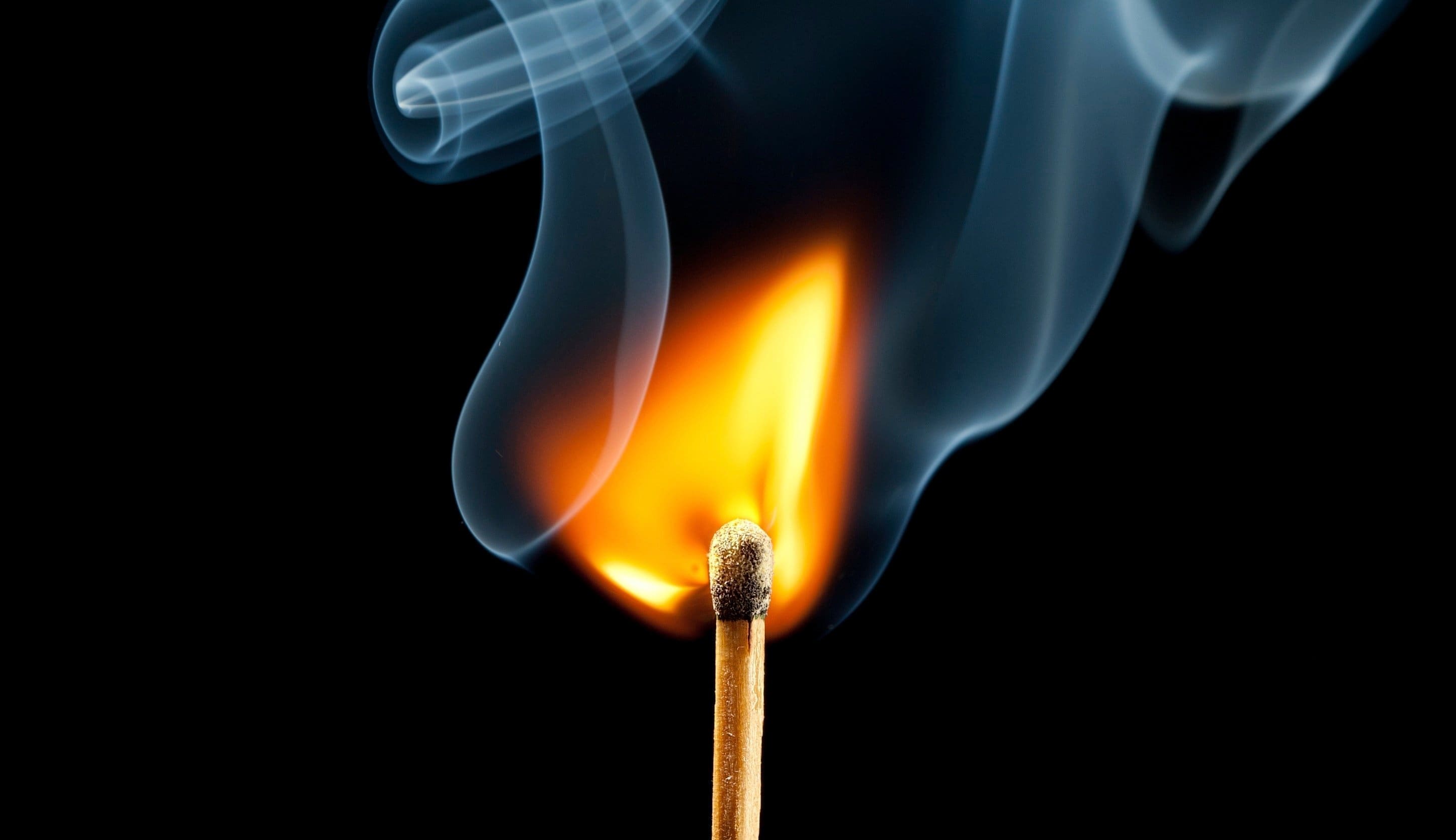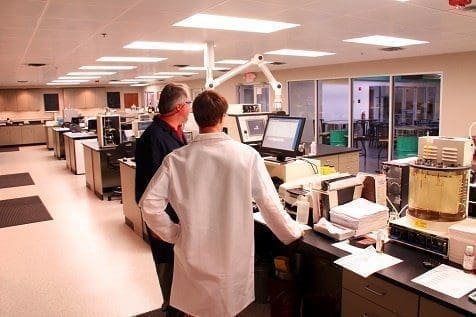
The risk of fire in a manufacturing workplace is always a reality. Taking measures to prevent fires is part of safety and compliance, but in some areas of manufacturing, businesses sometimes need to look further into the risk of fire. Industrial manufacturers who rely on a high-heat environment such as foundries, die casting, forging and heat treating operations must not only consider if there will be a fire, but be prepared when there is a fire.
As industry took off in the United States, particularly during WWII and in the years following, industrial manufacturing fires due to hydraulic fluids were a harsh reality. Mitigating these fires became a concern for both safety and financial reasons, and one of the leaders in developing effective fire-resistant hydraulic fluids was the U.S. military, particularly when it came to aircraft. Fire-resistant hydraulic fluids have saved the U.S. military billions, far offsetting the cost of development. In manufacturing, like in the military, fire-resistant fluids are key to making sure any fire disaster is minimized and safety is at a premium.
Types Of Fire-Resistant Hydraulic Fluids
Hydraulic fluids typically operate under pressure, sometimes as much as 10,000psi. At those pressures a burst hose or broken fitting usually results in hydraulic fluid coming out in an atomized spray that can ignite easily if it meets a hot surface, spark or open flame. An atomized spray such as one from a high-pressure hydraulic hose or fitting is highly flammable. Choosing FM (Factory Mutual)-approved hydraulic fluids mitigates the chances of fire. Fire-resistant hydraulic fluids are typically:
> HFC – Water Glycol Type
> HFA – High Water Content Fluids (Invert Emulsions)
> HFD – Synthetic Type (Halogenated Hydrocarbons, Phosphate Esters, Polyol Esters, and Mixtures w/ Petroleum Oil)
Water is the primary ingredient used to mitigate fire hazard in hydraulic fluid. Water Glycol fluids, typically a water dilution of diethylene glycol, use an additive package to manage its viscosity, corrosion resistance and anti-wear. Water glycol fluids are cheap, but represent a trade-off when it comes to performance and equipment wear. These fluids tend to require a high level of maintenance with periodic additions of water, and corrosion inhibitors are needed tankside. Invert emulsions rely on oil as the lubricant surface and emulsified water as the flame retardant. Invert emulsions are not widely used and much care is needed to properly maintain the water-in-oil emulsion. Polyol ester synthetics are gaining in popularity. Polyol esters are derived from animal or vegetable fats. These fluids are further additized to create a high quality hydraulic oil for those interested in high performance. The fire resistance of these fluids comes from high thermal properties and the inherent physical characteristics.
 Fire Resistance Testing
Fire Resistance Testing
To meet FM approval for fire resistance, fire-resistant hydraulic fluids need to undergo testing. The initial screening by the FM laboratories this involves a flash point test, Cleveland Open Cup (ASTM D92), fire point (ASTM D92) and auto-ignition temperature (ASTM E 659-78). The testing measures the lowest temperature at which the fluid ignites with open flame, minimum temperature fluid vapor continues to burn and temperature at which the fluid ignites spontaneously.
The secondary FM testing, and more difficult to pass, is a flame propagation test where the fluid is sprayed in the presence of a propane torch to test ignition. When the torch is removed from the presence of the spray the flame must go out within five seconds. These certifications are costly but insure the safety of the fluid. It’s important to note there is no accepted rating for the fire resistance of a given fire-resistant hydraulic fluid. The tests are given on a pass or fail basis by the FM laboratory.
Converting To Fire Resistant Fluid
Converting to fire-resistant fluids is a detailed process outlined by ISO (International Standards Organization). Fluids must first be compatible with whatever system or machine they’re being put into. Seals, hoses and coatings are all aspects of this. It’s important to make a clean changeover when switching to fire-resistant fluids. Any traces of a non-fire resistant fluid can reduce the fire resistance properties of the new fluid. Equipment should be thoroughly drained, cleaned and flushed before introducing any new, fire-resistant fluid. Refill the machine with fire resistant fluid and monitor the fluid to ensure it retains original properties.
Also, mixing different fire-resistant fluids is not recommended. Even though the fluids fall into the same category of use and safety the fluids can be vastly different and incompatible when used within the same system. This can lead to pump failure and other system problems. Mixing fluids should be avoided unless approved by the fluid manufacturer.
Choosing the proper fluid from a cost standpoint is important. Weighing the performance advantages and disadvantages of each fluid for the given application factor in heavily. Cost is also a factor, and, truthfully, a certain percentage of customers opt for low price over performance or longevity. This can be an okay trade off if proper maintenance and frequent laboratory testing (typically monthly) is done.
Finally, users may experience performance differences depending on the type of fire-resistant fluid that is chosen. Not all fire-resistant fluids function the same, and users may choose compliance over performance. Much of this choice revolves around pricing with the combination of compliance and performance coming at a premium.
This story originally appeared in the May/June 2017 issue of Precision Manufacturing, the Journal of the Minnesota Precision Manufacturing Association (MPMA).
